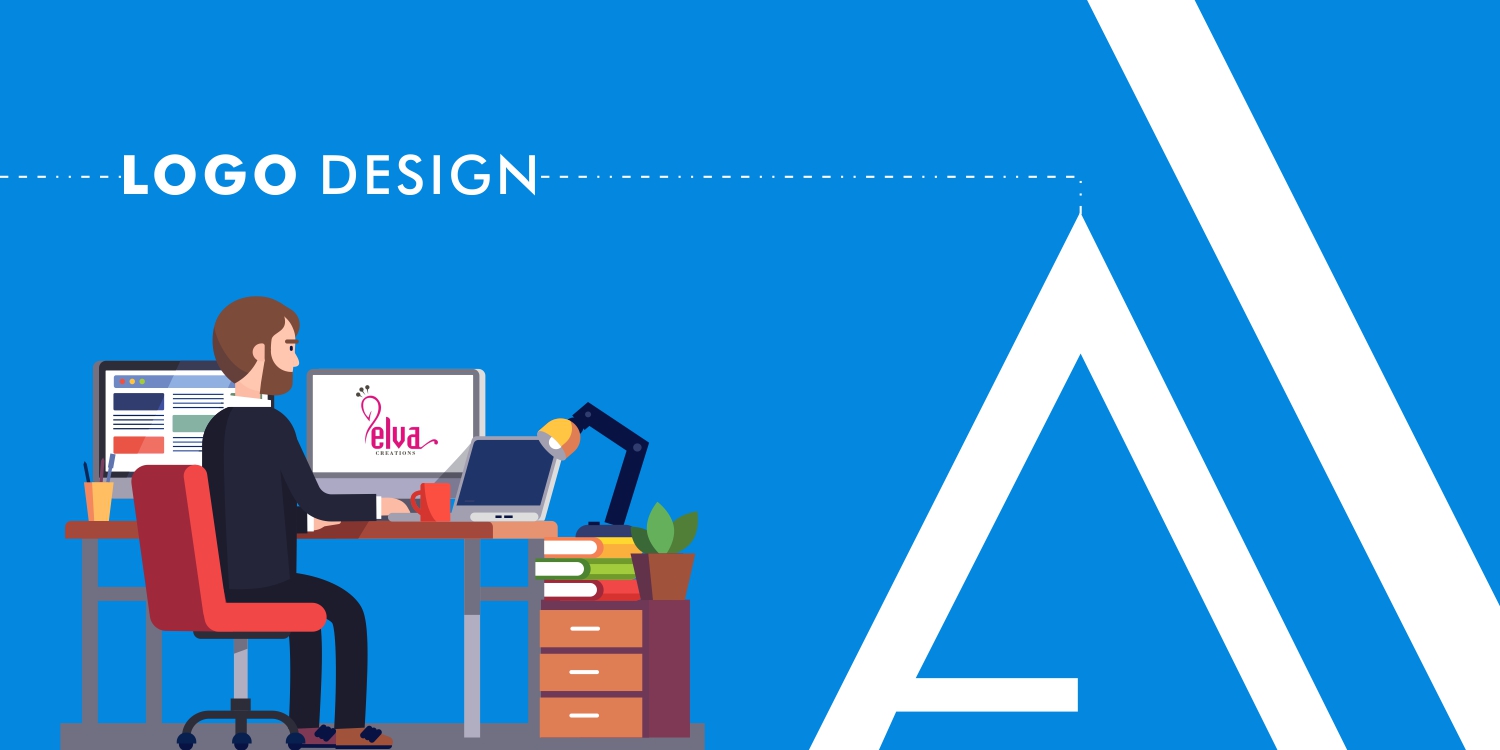
Branding is indispensable for any business. What it does to a brand is that it conditions customers to any company’s products. This means that you can’t have a brand without a product.
Therefore, a logo design is something that should follow the story of the company, NOT vice versa. Add how people think and feel, and what attracts the human mind, plus the owner’s fondness of a certain idea, you’ve got the picture.
In this article, we’re going to elaborate on what parts of the logo design you should pay attention to. And while we’re here, we want to ask you to draw all the logos you remember. The reason we’re asking this is to help you visualize what a memorable design is.
A great logo design is what a great copy to marketing is: short, simple, striking, memorable, relevant, catchy, crafted masterfully, elegant and intelligent, edgy, if appropriate.
But, one more thing you need to make the logo stick, first with the logo commissioner, then the audience, is the selling skill. You need to make a proper presentation, put it in context, make the commissioners dive into the story. A logo is also a storyteller. Not an easy job for the seemingly smallest design. For some designers, it’s intuitive work, but for many, it’s not. It needs to be thought through to the slightest detail and incorporated into the whole system.
The Perfect Logo Is:
- Unique
- Memorable
- Timeless
- Appropriate
- Perfectly rendered (in terms of scalability, visibility, typography, etc.)
- Not the literal representation of the company’s business activity
- Perfect when monochrome. Color is added last in the process
Simple Is Beautiful
Simple is difficult to attain. It’s not an overnight project, so please hand it over to professionals, like the Houston web design company- they’ll know how to create a logo that makes people think of YOUR company the second they see it. It’s worth it, isn’t it? That’s what the logo is really about.
To secure simplicity, stick with the following:
- Less than 4 words
- Less than 3 colors
- Less complex artwork
In the article What Makes a Memorable Logo Design (or Redesign), the author delves into the ways people perceive logos, dividing them into several categories. It says that lines and shapes incite powerful feelings; serif type makes people think it’s some traditional or sophisticated business. While illustrations and artwork make people think it’s a cool enterprise, initials make them think of some edgy business. What inspires warmth and the sense of innovation are structured, organic lines, concludes the author.
Three Other Aspects of Logo Design to Think About
First, we need to make it clear to the client that the logo won’t save their business if the product isn’t top-notch. The same goes for the website. The logo’s purpose, as we said at the beginning, is a means for potential customers to distinguish your product from the competition, which is further achieved by clever marketing and the story behind the product. So, ask yourself- if your product is no-name, just serves its purpose, would people be choosing it anyway? Yes? Good job! Then the logo will accelerate the accumulation of wealth by perpetuating your story- whenever they see it, they’ll think of how great your product or service is. You see the bitten apple, you immediately want that product, right?
Us humans associate the visual stimuli with the stories hidden behind, and then we internalize them- essentially, this is Pavlovian conditioning.
In terms of mnemonics, people tend to remember what’s structurally appropriate for the brain to remember- this can’t be too complex or overtly conventional or trite. Now you see the struggle: how difficult it is for designers to come up with a logo that’s as described, plus that doesn’t resemble anything existing, i.e. that is totally unique.
Second, logos had to be intentional, symmetrical, and meticulously structured. On top of all the above-mentioned qualities, a professional has to ideate ruthlessly to come up with the solution- since the aim is excellence, not mediocrity. And we might have said that the company and their products/ services tell the story, not the logo per se, it is the logo that will make people think in a certain way about the company. So, if the logo is weak and unstructured, we will still think the same about the company.
Third, you can think you’ve made the best possible logo for a client, but if the owner/founder doesn’t feel the same, chances are it won’t be accepted. Because it’s about affection. And it’s very subjective, that’s why the process should start with uncovering the client’s taste. Mind you, there’s one more important skill of the designer- selling skill. You need to learn how to present and convict the client that this is it.
Conclusion or It’s about the Process
If you want to read a digest version of what great design minds have to say, go check this article about specific tips for effective logo design.
In a nutshell, it explains what an exquisite design is: “great concept and great execution.”
To do that, you need to follow the process: interview the client about the design, research on the industry and market, then research on the existing logo designs pertaining to the industry, but not to follow the trend- to the contrary, timeless design is everything but. Sketch the ideas. Take breaks, then revise the sketches. Make a killer presentation and sell the idea.
That’s it.